In an interview with Fox Business New York Fed President John Williams said monetary policy is “well positioned”. “I don’t see any need to change the setting of the fed funds rate anytime soon,” he added.
He expected US growth to dip below 1% this year, accompanied by a rise in the unemployment rate to between 4.5% and 5%, as the impact of President Trump’s import tax hikes filters through the economy.
Williams emphasized that this slower pace of expansion should not be mistaken for a recession. “That’s just a slower outlook, slower growth than you’ve seen in the past couple years,” he noted.
He stressed the importance of ensuring that these one-off cost increases from tariffs do not become embedded in broader inflation trends.




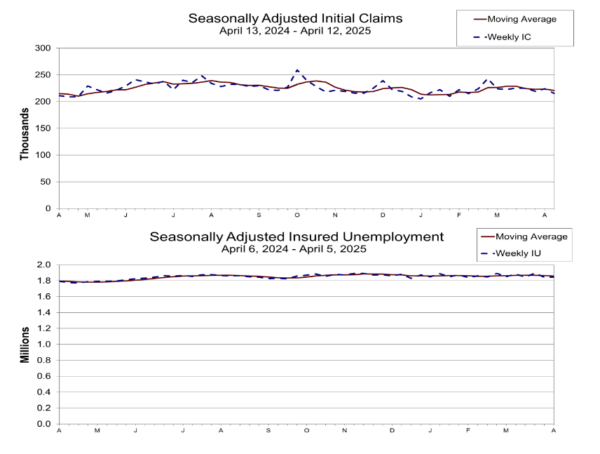
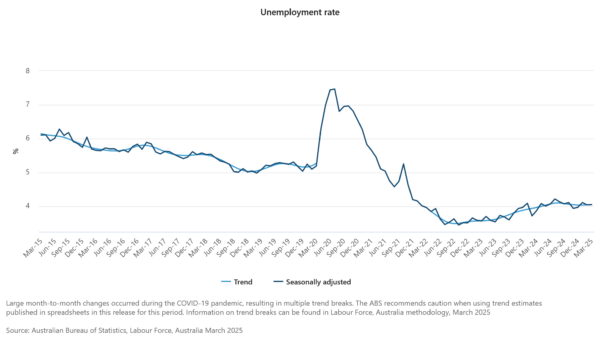

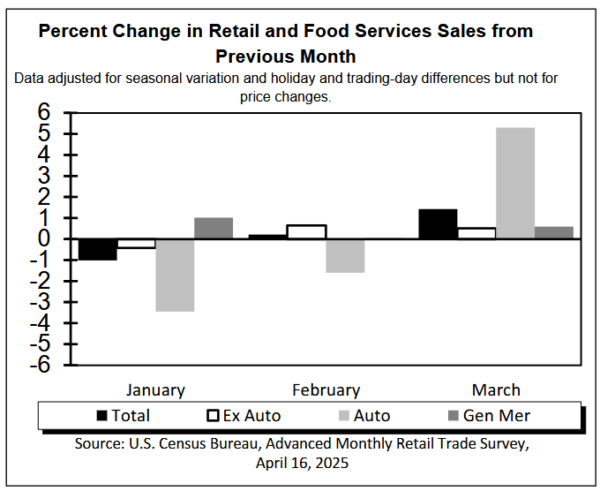
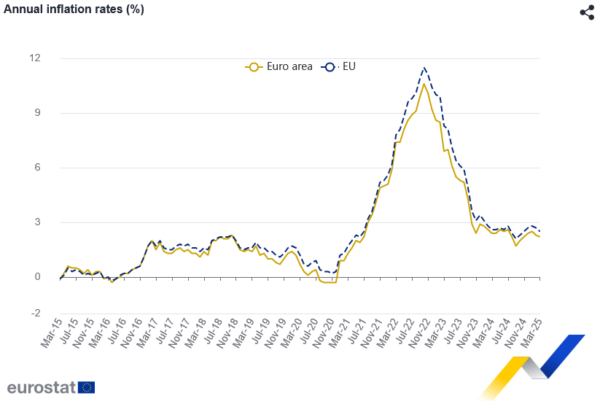
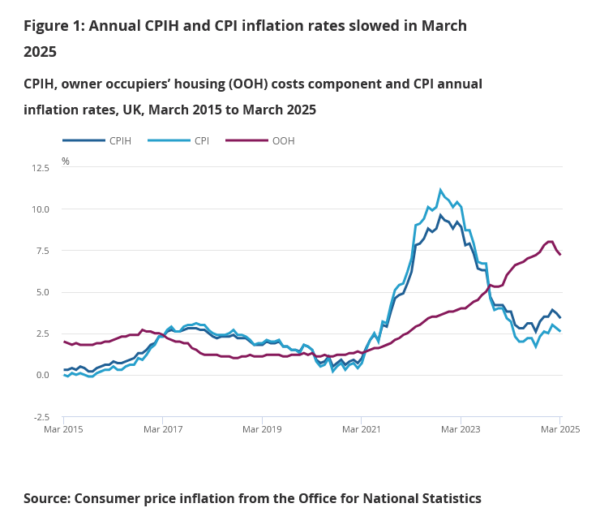
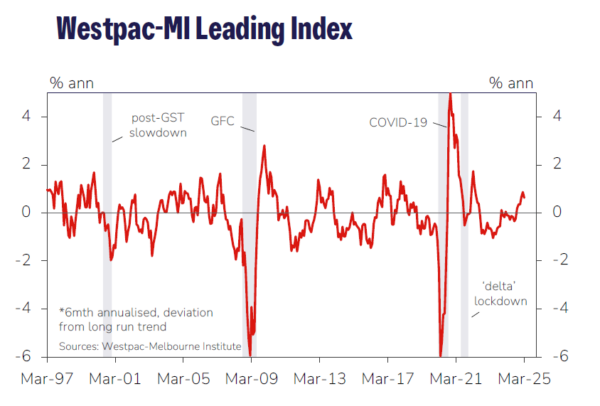
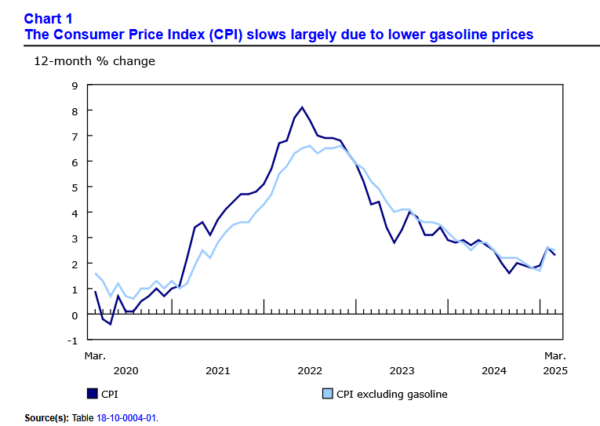
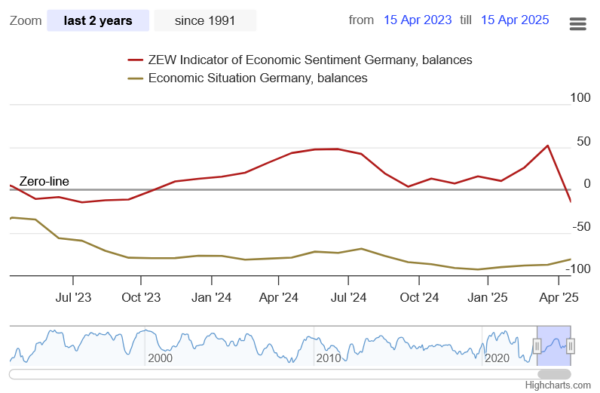
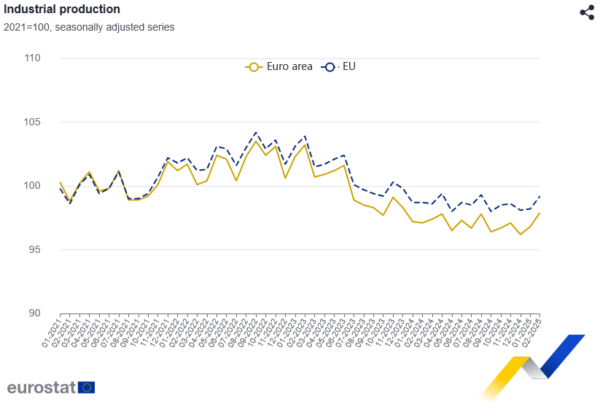
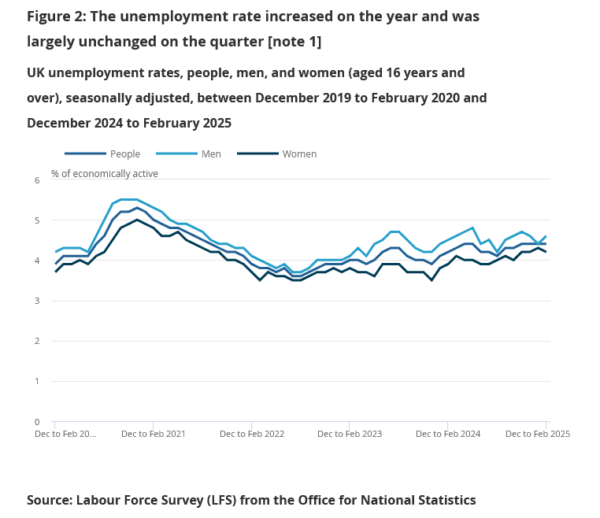

Japan’s CPI core rises to 3.2% yoy, rice prices surge at another record
Japan’s CPI core (excluding fresh food) accelerated from 3.0% yoy to 3.2% yoy in March, matching expectations, and marking the third consecutive year it has remained above BoJ’s 2% target. CPI core-core, which strips out both food and energy, climbed more sharply from 2.6% yoy to 2.9% yoy. While the headline CPI eased slightly from 3.7% yoy to 3.6%yoy , the data overall suggest inflation remains stubbornly elevated.
A standout in the inflation breakdown was the extraordinary surge in rice prices, which soared 92.5% yoy, the fastest pace since records began in 1971. The spike is being driven by a confluence of factors including poor harvests caused by extreme heat in 2023 and consumer panic-buying following earthquake warnings last year. This is the sixth consecutive month that rice inflation has hit record levels.
In response, the Japanese government has intervened by releasing over 210k tonnes from its rice stockpile and plans to auction an additional 100k tonnes this month to stabilize supply.
Beyond food, prices for household durable goods rose by 6.5% yoy, accelerating from 5.4% yoy in February. Energy prices, though still high, eased slightly from 6.9% yoy to 6.6% yoy.